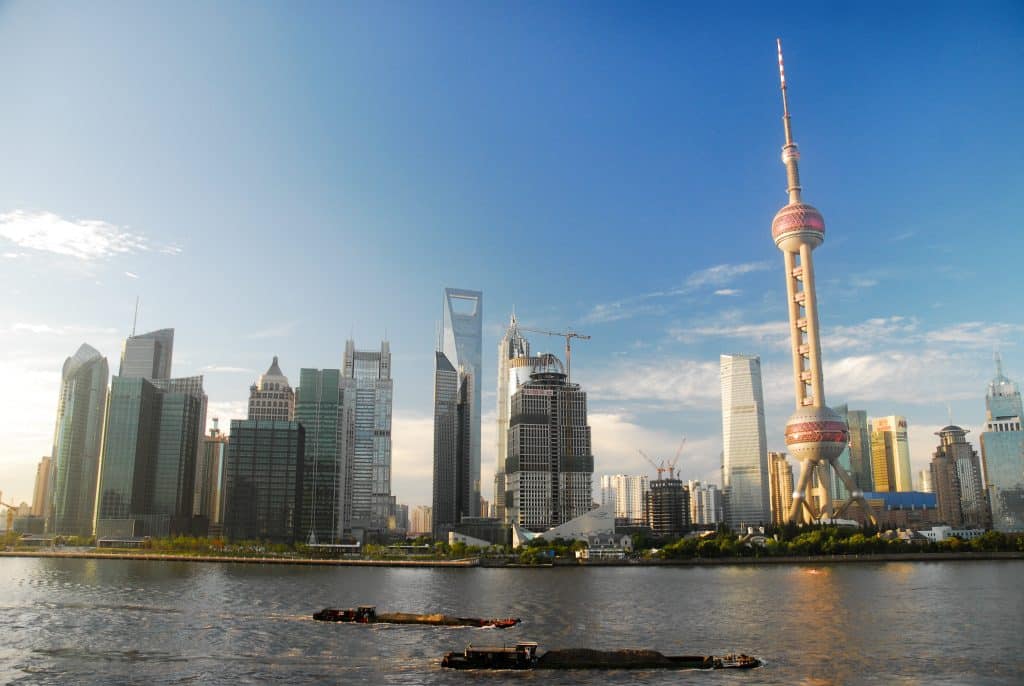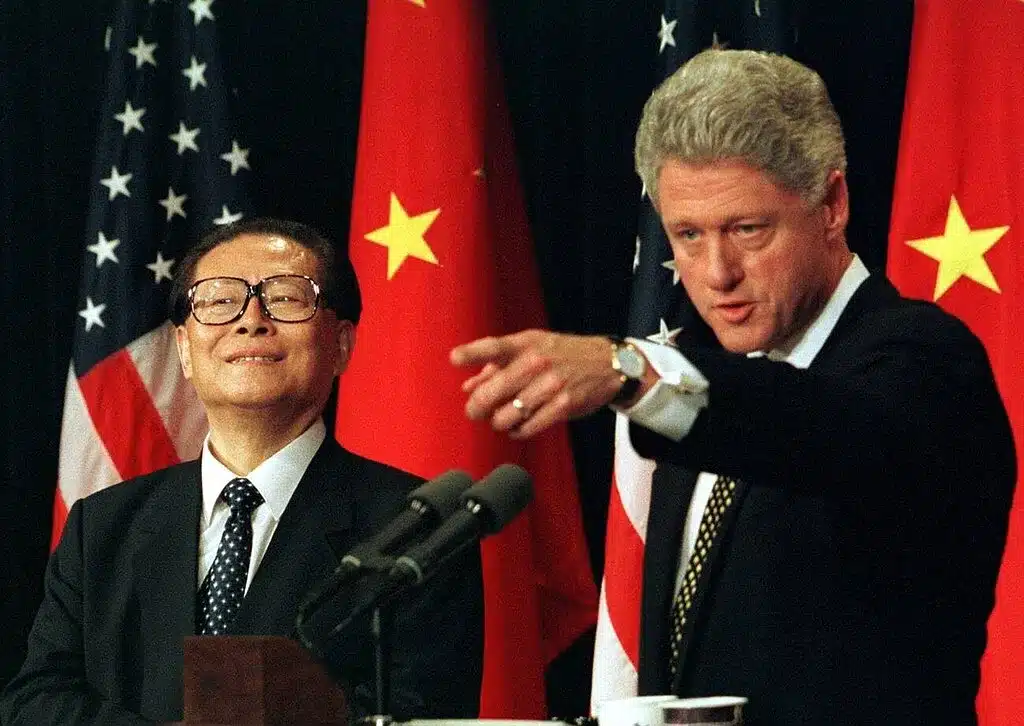Trying Times for Track II Diplomacy
- Analysis
 Brian Wong
Brian Wong- 09/22/2022
- 0
Brian is a geopolitical strategist and advisor publishing extensively on Sino-American relations, statecraft in Asia, and the intersection of nascent technologies, political philosophy, and public policy. Currently pursuing a DPhil in Politics at Balliol College, Oxford, Brian graduated with a Distinction in the MPhil in Politics (Theory) at Wolfson College, and First Class Honours from Pembroke with a BA in Philosophy, Politics, and Economics, having attended Oxford on a full scholarship on a Kwok Scholarship.
Much has been written on the importance and need for track-II diplomacy, defined as the dialogue, conversations, and exchanges conducted by non-state (“track II”) as opposed to state (“track I”) actors. I myself argued in the early days of the Biden administration that it is high time for the United States to restore a constructive yet critical, engagement-based approach that supplements the White House’s primary China policy of strategic competition. Yet, despite the best of intentions and apparent signs of goodwill on both sides of the Pacific, there exists much room for pessimism over the prospects for restoring fruitful people-to-people diplomatic exchange between China and the United States. Here’s why:
First, face-to-face exchanges are presently difficult for both Chinese and American citizens. China has doubled-down on its zero-COVID strategy in advance of the 20th Party Congress–perhaps warranted on grounds of stringent and unyielding public health concerns–which continues to make it incredibly difficult for external visitors, tourists, investors, and businesses to enter and move within China. The same holds true for Chinese citizens: members of Chinese civil society are facing additional barriers that preclude them from travelling freely abroad in terms of costs, cumbersome visa applications, and the laborious quarantine measures that await them when they return. Effectively firewalling the Chinese population from the rest of the world, these policies have only bolstered a siege mindset in China, feeding into the narrative that China is facing a unequivocally hostile international environment that warrants inward withdrawal and self-sufficiency. The recent debate over China’s historical closed-door policy aptly captures these various undercurrents in the zeitgeist.
Second, there exists declining appetite and interest in bilateral academic and research exchanges between China and America. Concerns over purported national security risks –exemplified by the now-renamed China Initiative under the FBI, but also other programs designed to quell alleged infiltration and interference by Chinese agents–have rendered American institutions increasingly reticent to take on Chinese researchers in ‘sensitive areas’ such as artificial intelligence and aeronautic technologies. Such national security considerations have made it difficult for Chinese researchers to get visas and increasingly discourage Chinese students from attending American universities. Worries pertaining to the Chinese state extending its long arm through surveillance and espionage are certainly understandable. Yet what is regrettable here is the morphing of such worries into exaggerated claims driven by a mix of paranoia and resentment towards researchers with ties to China.
These conditions in America are mirrored by heightening animosity within China towards foreign-educated and Western academics, journalists, and writers (especially those from what Chinese media dub ‘Five Eyes Countries’). The bubbling, defensive nationalistic sentiments underpinning Chinese public discourse have vastly undercut the prospects for professionals and scholars from China and America to advance research and dialogue on issues related to China’s national security and the bilateral relationship. Mutual understanding becomes progressively more elusive as the volume and depth of research exchanges between the two countries dwindle.
Third, while corporations and businesses previously served as the linchpin of pro-engagement voices on both ends of the Sino-American relationship, they are now under increasing pressure to take sides. At a recent hearing on Capitol Hill on September 21, the heads of prominent financial banks were asked to declare their responses to the ‘hypothetical’ scenario of a Chinese invasion of Taiwan; all of those interviewed expressed a willingness to follow the recommendations of the White House. On the other hand, Chinese state-owned enterprises and large private firms alike have applied pressure on their foreign counterparts and collaborators to accept Beijing’s political and ideological baselines on matters ranging from China’s domestic affairs to its foreign policy outlook. Corporate actors are no longer immune from geopolitics – they find themselves caught between a rock and hard place. While full decoupling remains unlikely, businesses have begun to re-shore, friend-shore, and near-shore their supply chains away from China, where draconian public health and lockdown measures in face of the pandemic have rendered the country substantially less attractive to foreign investment. The conversations and dialogue that accompany business and commercial exchanges are hence likely to decrease in frequency in the medium to long run.
Fourth, many of the ongoing efforts and initiatives at track-II diplomacy – with examples such as the Fulbright Scholarships on one hand, and Confucius Institutes or Chinese cultural centers on the other – have come under intense scrutiny for their alleged involvement or deployment within broader plans of infiltration and intelligence gathering. China’s ‘United Front’ operates with a broad mandate and crosscutting influence, often with deleterious effects on nongovernmental and non-Party activity. However, it has also been transformed into an outsized blanket term employed to justify suspicions directed towards individuals who are seen to be (over-)sympathetic towards China’s viewpoints or are keen to engage in dialogue with their Chinese counterparts. Allegations of ‘foreign interference’ in China (e.g., the 2017 Foreign NGO law), on the other hand, have drastically raised the stakes and potential costs for international NGOs and organizations seeking to facilitate closer intercultural dialogue and exchange within China. As a result, track-II diplomacy is increasingly subject to track-I and track-1.5 (quasi-governmental) pressures, which render ‘independence’ from governmental and political pressures very difficult.
This is not to discredit, in any shape or form, the excellent and admirable efforts of scholars and research centers on both sides. These individuals and organizations must be applauded for their fortitude and perseverance. In the aftermath of surging geopolitical tensions–with Speaker Pelosi’s visit to Taiwan and Russia’s decision to escalate the Ukrainian crisis–more not less coordination and communication are needed between Beijing and Washington. Track-II diplomacy plays a key role in supplementing inter-governmental communication.
Unless governments in Beijing and Washington actively restore the space for and encourage genuine civilian-led diplomacy, I do not see an easy way forward for those who want to keep communication channels open between American and Chinese civil society trust.
At times like these, it may be tempting to conclude with a common refrain: that all parties who have a stake in the bilateral relationship should try their best to restore, or preserve, some semblance of the ideal of open, unfettered exchanges that have made Sino-American friendships possible over the past few decades. Yet, it is equally vital that we are clear-eyed: maintaining track-II engagement will only become more difficult and prohibitively costly as mistrust increases. While the prognosis is grim, we should still try to reverse the tide.







